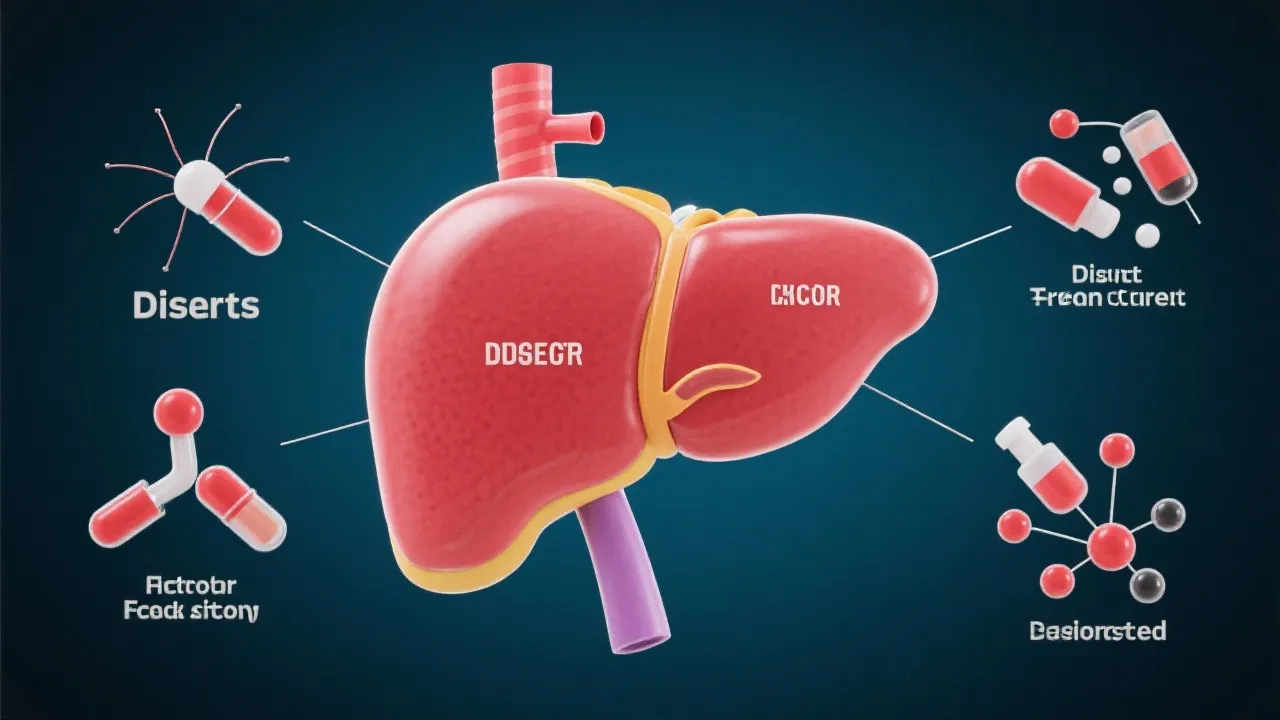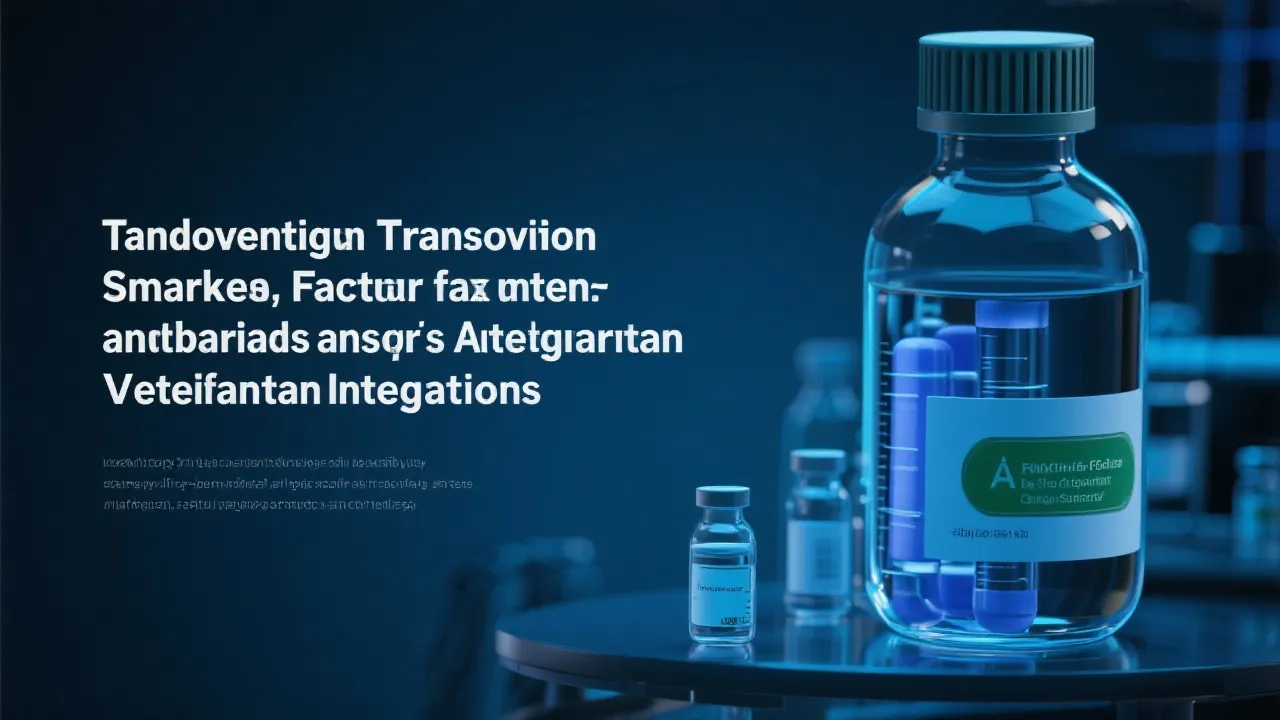Unraveling Nonalcoholic Steatohepatitis (NASH)
NASH is a pressing health issue tied to obesity, leading to severe liver complications. Though treatments are limited, diagnostic advancements and lifestyle changes offer hope, while ongoing research into innovative therapies promises improved management.

Understanding NASH and Its Complications
NASH, or nonalcoholic steatohepatitis, is a severe form of nonalcoholic fatty liver disease (NAFLD) characterized by inflammation and liver cell damage, alongside fat deposition in the liver. It is increasingly becoming prevalent, particularly due to the rising rates of obesity and metabolic syndrome across the globe. NASH is not merely a benign condition; it poses significant health risks as it can progress to cirrhosis, liver failure, and even hepatocellular carcinoma, which is a type of liver cancer. The implications of NASH on public health are profound, as it is now recognized as one of the leading causes of liver-related morbidity and mortality, necessitating liver transplants in severe cases. Given these risks, understanding the complexities surrounding NASH, including its risk factors, pathophysiology, and potential complications, reveals the urgent necessity for effective diagnostics and treatment strategies.
Diagnosis and Challenges
Diagnosing NASH presents unique challenges, primarily due to the condition's often asymptomatic nature in its early stages. Most patients remain unaware of their liver issues until significant damage has occurred. The standard diagnostic approach involves evaluating liver enzyme levels through blood tests; elevated levels of alanine aminotransferase (ALT) and aspartate aminotransferase (AST) may indicate liver inflammation. Additionally, imaging methods such as ultrasounds and MRIs can help in assessing liver fat content and identifying potential liver damage. However, these modalities can only suggest the possibility of liver damage rather than definitively confirm NASH.
The gold standard for a definitive diagnosis of NASH remains liver biopsy, which allows for the histological examination of liver tissue. However, the invasive nature of this procedure, coupled with the risks of complications, limits its use in routine screenings. Furthermore, while liver biopsies provide invaluable insights into the degree of liver inflammation and fibrosis, they are not practical for large-scale screening initiatives, illustrating the pressing need for non-invasive diagnostic breakthroughs. Other non-invasive methods, such as the FibroScan, which uses elastography to assess liver stiffness associated with fibrosis, show promise but require standardization and validation before becoming mainstream in clinical practice.
Lifestyle Changes: The First Line of Defense
Implementing significant lifestyle changes is crucial for the management and possibly the reversal of NASH. Experts agree that losing weight through dietary modifications and physical activity is the cornerstone of treatment. Adopting a balanced diet low in saturated fats, sugars, and refined carbohydrates—and rich in whole foods, healthy fats, and lean proteins—can greatly impact liver health. Health guidelines typically suggest achieving a 7% to 10% reduction in total body weight to significantly reduce liver inflammation and fibrosis, thereby improving liver health.
Additionally, regular physical exercise not only aids weight loss but also contributes to improved insulin sensitivity and overall metabolic health. Engaging in moderate aerobic activities, strength training, and incorporating movement into daily routines are encouraged strategies. Employing a multidisciplinary team approach—including nutritionists, fitness experts, and healthcare providers—can enhance these lifestyle interventions' success, ultimately facilitating more substantial, lasting health improvements for those affected by NASH. Recognizing that behavioral changes can be challenging, personalized support and counseling may be beneficial in navigating these modifications effectively.
Innovative Pharmacological Treatments
While lifestyle modifications remain the primary intervention for managing NASH, ongoing research is dedicated to uncovering new pharmacological treatments that can offer more targeted therapies. Numerous clinical trials are currently exploring a variety of drugs designed to reduce inflammation, inhibit fibrosis, and restore liver function. Some of the most promising agents include drugs aimed at metabolic pathways, antifibrotic medications, and those that target specific cytokines involved in the inflammatory process.
Particularly, drugs that act on the peroxisome proliferator-activated receptor (PPAR) pathways, such as pioglitazone and elafibranor, have shown significant potential in reducing liver fat content and improving liver enzyme levels. However, while some of these medications demonstrate efficacy in clinical trials, FDA approval is contingent upon further comprehensive evaluations. The complexity of NASH, combined with patients' varying responses to treatment, necessitates more extensive research before these therapies can be fully integrated into clinical practice.
Moreover, additional studies are investigating the effectiveness of current diabetes medications, including glucagon-like peptide-1 (GLP-1) agonists and sodium-glucose cotransporter-2 (SGLT2) inhibitors, in treating NASH. Some evidence suggests that these medications may improve liver histology in patients with concurrent type 2 diabetes, supporting the interconnectedness of metabolic health and liver disease.
Novel Approaches in Treatment
Exciting new treatment possibilities are emerging in the landscape of NASH management, with research continuously unveiling innovative strategies. One such method involves manipulating gut microbiota, with growing evidence suggesting that the composition of gut bacteria may play a critical role in the development and progression of fatty liver disease. Therapies aimed at modulating gut flora, through probiotics and dietary changes, present intriguing prospects for future treatments. These interventions could potentially ameliorate inflammation and enhance metabolic profiles, contributing to better liver health outcomes.
Further advancing the therapeutic landscape is the incorporation of artificial intelligence and machine learning technologies in tailoring individualized treatment plans. By analyzing vast datasets, AI can help identify specific patient profiles that respond best to particular interventions, allowing for targeted therapies that enhance efficacy and minimize adverse effects. Such precision medicine approaches hold the promise of designing treatments that are more aligned with patients' unique genetic and metabolic profiles.
Bariatric surgery also shows considerable promise, particularly for obese individuals suffering from NASH, due to its profound impact on weight loss, metabolic health, and liver histology. Recent studies indicate that patients who undergo bariatric procedures often experience substantial improvements in liver histology, including reductions in steatosis and inflammation. However, these surgical interventions are typically reserved for patients with severe obesity and metabolic complications, underlining the need for careful patient selection and ongoing monitoring.
Additionally, the exploration of nutritional supplements, such as vitamin E, omega-3 fatty acids, and other antioxidants, offers intriguing prospects for non-invasive interventions in managing NASH. While vitamin E has shown some efficacy in improving liver histology in non-diabetic patients, its long-term use and potential side effects require further investigation. The combination of lifestyle modifications and supplementary treatments could create a more holistic approach to managing NASH.
Comprehensive Management Strategies
A holistic, comprehensive approach to NASH management integrates lifestyle changes, pharmacological treatments, and surgical options. Understanding the intricate mechanisms of the disease is paramount, particularly considering the role of insulin resistance, metabolic dysfunction, and liver-specific pathways in its progression. Patients must receive patient-centered care that addresses their unique needs and barriers to treatment adherence. Furthermore, ongoing patient education about NASH is essential to encourage active participation in their management plans.
Continuous research initiatives contribute to the foundation for developing flexible, effective treatment strategies. Understanding that NASH does not exist in isolation, its management requires attention to associated conditions, such as diabetes and cardiovascular diseases, framing treatment beyond the liver. Regular follow-ups and monitoring of liver function, metabolic parameters, and lifestyle adherence are necessary components of a comprehensive strategy.
Advancements in NASH Treatment
As NASH emerges as a prominent challenge in liver disease management, the importance of ongoing research into new treatment modalities cannot be overstated. Collaborative efforts among medical professionals, researchers, and policymakers are essential in shaping effective strategies and advocating for increased awareness and funding to tackle this growing public health concern. Staying informed about new advancements in technology and treatment methodologies enables both healthcare practitioners and patients to ensure effective care and prepare for innovative solutions that could soon revolutionize NASH management.
As the understanding of NASH expands, continued advancements in the field can lead to groundbreaking discoveries, offering hope for more effective management and potential cures for one of the most significant health challenges of the 21st century. Future studies that explore the integration of multidisciplinary approaches, the optimization of treatment regimens, and the identification of reliable biomarkers for early detection could ultimately enhance outcomes for individuals with NASH. The journey toward improving NASH management is ongoing, but the future appears promising with a concerted effort across various sectors of healthcare.




